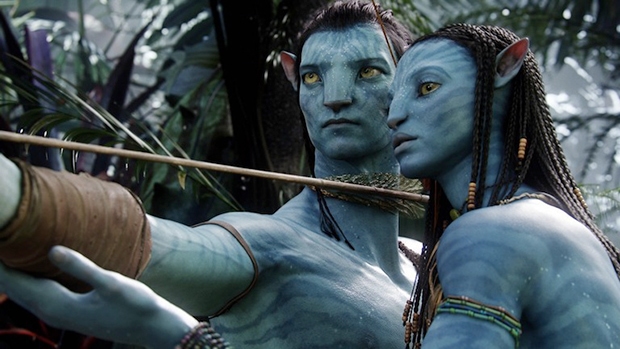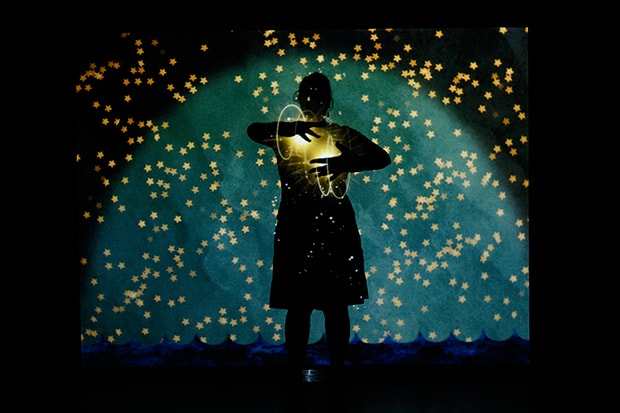
There was once a painter who one day painted a landscape. It was a beautiful valley with wonderful trees and with a winding path leading away toward the mountains. The artist was so delighted with his picture that he felt an irresistible urge to walk along the path winding away towards the distant mountains. He entered the picture and followed the path towards the mountains and was never seen again by any man.
—Béla Balázs, Theory of Film1
Phantasms must be allowed to function at the limit of bodies; against bodies, because they stick to bodies and protrude from them, but also because they touch them, cut them, break them into sections, regionalize them, and multiply their surfaces; and equally, outside of bodies, because they function between bodies according to laws of proximity, torsion, and variable distance-laws of which they remain ignorant. Phantasms do not extend organisms into the imaginary; they topologize the materiality of the body. They should consequently be freed from the restrictions we impose upon them, freed from the dilemmas of truth and falsehood and of being and nonbeing (the essential difference between simulacrum and copy carried to its logical conclusion); they must be allowed to conduct their dance, to act out their mime, as “extrabeings.”
—Michel Foucault, “Theatrum Philosophicum”2
Introduction
Digital-cinematic blockbusters from The Matrix to Inception have obsessively thematized their own conditions of production and reception, presenting multiple or nested worlds and then challenging their protagonists—and their spectators—to come to terms with these differently structured environments. James Cameron’s 2009 super-blockbuster, Avatar, is yet another entry in this growing catalog, but where in The Matrix, as in other early examples, an epistemological quest for the real is paramount, in Avatar, as in a number of other more contemporary films, the relative reality of the films’ worlds don’t matter: It is all a matter of learning to navigate them, of orienting oneself to an alien environment. Despite Avatar’s narrative claims that the protagonist is navigating between two worlds on the same plane of reality—one earthly and human, one extra-terrestrial—it is very clear that Avatar’s wonder world, Pandora, depicts and presents a hybrid of cinema, video game, and virtual reality. As James Tobias describes it in a brilliant reading of the film, Avatar thus maps a narrative of “going native” onto a narrative of going “digital native,” and a narrative of “conversion” onto one of “convergence.”3 And Avatar’s 3-D and IMAX 3-D versions pump up the volume of this sensory convergence-conversion, demanding that the spectator undergo a kind of training in new forms of depth perception and stereoscopy that also parallel the training of its protagonist. Avatar, as the name already suggests, is a training film for navigating virtual environments, and one which, as I will investigate below, deploys a posthuman, interplanetary fantasy and the visceral thrills and chills of immersive audio-visuality in a particular kind of racing and gendering of media-affect. In the space of Cameron’s particular version of networked fantasy, raced and gendered bodies become abstract, commodified schemata available for consumption as digital affective experience, and in a very specific way—one that emerges from the affordances of immersive spectatorship and motion-capture performance.
In the broadest sense, what I’m interested in trying to understand and illuminate here is how new forms of digital media and culture are producing new kinds of experience, particularly affective forms of experience that are resistant to traditional modes of analysis and critique; and, further, how these new affect-formations intersect with race and gender. There are a number of sites to which we might turn for such an analysis. Here, however, I will focus on Avatar as an example of blockbuster action cinema as a media genre whose dependence on embodied experience and truly global (rather than merely transnational) popularity make it a potent site for such an investigation. And, of course, it is a genre in which the racing, classing, and gendering of experience has always played a central role in its narratives. Like horror films in their way and gross-out comedies and porn in theirs, the main attraction of these films are the sensations they are able to produce. They are thus the global avatars of the ascendance of an affect-driven culture that sells effects, sensation, experience, and states of feeling. In an essay that appeared in 1997, Simon During called this genre a “cinema of action-attractions.”4 In this piece he analyzed the globally popular phenomena of the eighties and early nineties, when Arnold Schwarzenegger was the most popular global star and when a combination of trained, muscular male bodies and special effects was the recipe for the success of this type of film. In During’s analysis, the trained male body as the last-instance, when-all-else-fails resource resonated with (male) subjects worldwide who, whatever they may have—or more likely, not have—could (at least imaginatively) participate in bodily training and its associated modes of specularity and spectacle. Thus, the global popularity explicitly hinged on a kind of “universal” hyper-masculinity combined with magical special effects. Today, while films in this older model continue to be produced, the genre as a whole has shifted. Digital technologies are used to produce novel forms of immersion and proprioceptive-kinesthetic experience, and fantasy franchises—Harry Potter, Lord of the Rings, Pirates of the Caribbean—dominate more conventional action flicks at the global box office, as what I call an “animatic mode of production” takes over the scene.
I call an “animatic mode of production” any scenario in which the objective is not the reproduction of a preexisting real world. The animatic is thus not necessarily linked to new media or the digital: ancient fairy tales and eighteenth-century puppet shows may be animatic. While I discuss the animatic mode of production elsewhere as the dominant cultural mode today, one whose social consequences are at least as potent as its aesthetic ones, here I am invoking the concept primarily to highlight where digital cinema takes up the metamorphic, fantastic, and inhuman potentials of animation. In animatic digital cinema, hybrid modes of production—including live-action capture, motion-capture performance, work with models, and digital animation—are often sutured into an apparently seamless world. While the worlds thus produced may be fantastic—peopled, for example, with races of dwarves, elves, and hobbits, as well as “men”—they are very often, as Stephen Prince has explained, perceptually real.5 That is, even if we know that what we are seeing could not really have happened, it feels like it could have; the cues it provides in reference to time, space, motion, and gravity correspond closely enough to those of everyday experience for us to relate to the world as perceptually possible. While attention to individual works will lead us each time to different concepts and conclusions, I want to emphasize here, in a general description of this genre, the centrality of sensation and affect and the use of digital techniques to achieve novel forms of embodied experience, particularly as forms of immersion; the use of motion capture and digital animation to produce nonhuman or superhuman bodies (including “ordinary” human bodies with extraordinary powers); hybrid production techniques sutured into a seamless world; and the maintenance of perceptual realism even when scenarios are fantastic. Understanding the special features of these films will help us to work through, in much more specific terms, the kinds of challenges that the new forms of affect-driven digital forms present to analysis. My investigations will take me to two sites in particular: I will examine the operations of what I call the corporeal phantasm—that is, the psychic schemas of our bodies that orient us in space, that map the boundaries of the body optically, tactilely, and kinesthetically. I will also look at what I describe as digital phantasms, in this case focusing on the way that characters in digital cinema are built through motion capture and digital animation—the kinds of hybrid combinations of diagrammatic and iconic features that create the fantastic bodies of digital cinema. We can see, through the interplay between these two “phantasms,” how new forms of affective experience are articulated with images and senses of social difference.
- Belá Balázs, Theory of the Film: Character and Growth of a New Art (New York: Dover, 1970). [↩]
- Michel Foucault, “Theatrum Philosophicum,” Language, Counter Memory, Practice (Ithaca: Cornell UP, 1977). [↩]
- James Tobias, “Going Native with Pandora’s (Tool) Box: Spiritual and Technological Conversions in James Cameron’s Avatar,” Acting and Performance in Moving Image Culture: Bodies, Screens, and Renderings, eds. Deborah Levitt, Dieter Mersch, and Jeorg Sternagel (Berlin: Transcript Verlag, 2012). [↩]
- Simon During, “Popular Culture on a Global Scale,” Internationalizing Cultural Studies: An Anthology, eds. Ackbar Abbas and John Nguyet Erni. (Malden: Blackwell, 2005). [↩]
- Stephen Prince, “True Lies: Perceptual Realism, Digital Images and Film Theory,” The Film Cultures Reader, ed. Grame Turner (London: Routledge, 2002). [↩]




